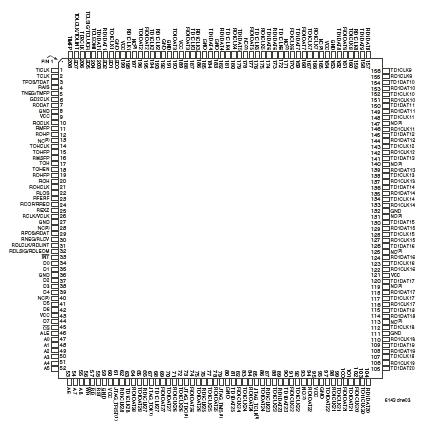IDT82V8313: Features: · Full featured single chip M13-ideal for upgrading existing multi-line T1/E1 line cards to single line channelized T3 service· Small footprint 17mm x 17mm BGA package and 208 pin PQFP pac...
floor Price/Ceiling Price
- Part Number:
- IDT82V8313
- Supply Ability:
- 5000
Price Break
- Qty
- 1~5000
- Unit Price
- Negotiable
- Processing time
- 15 Days
SeekIC Buyer Protection PLUS - newly updated for 2013!
- Escrow Protection.
- Guaranteed refunds.
- Secure payments.
- Learn more >>
Month Sales
268 Transactions
Payment Methods
All payment methods are secure and covered by SeekIC Buyer Protection PLUS.

 IDT82V8313 Data Sheet
IDT82V8313 Data Sheet







